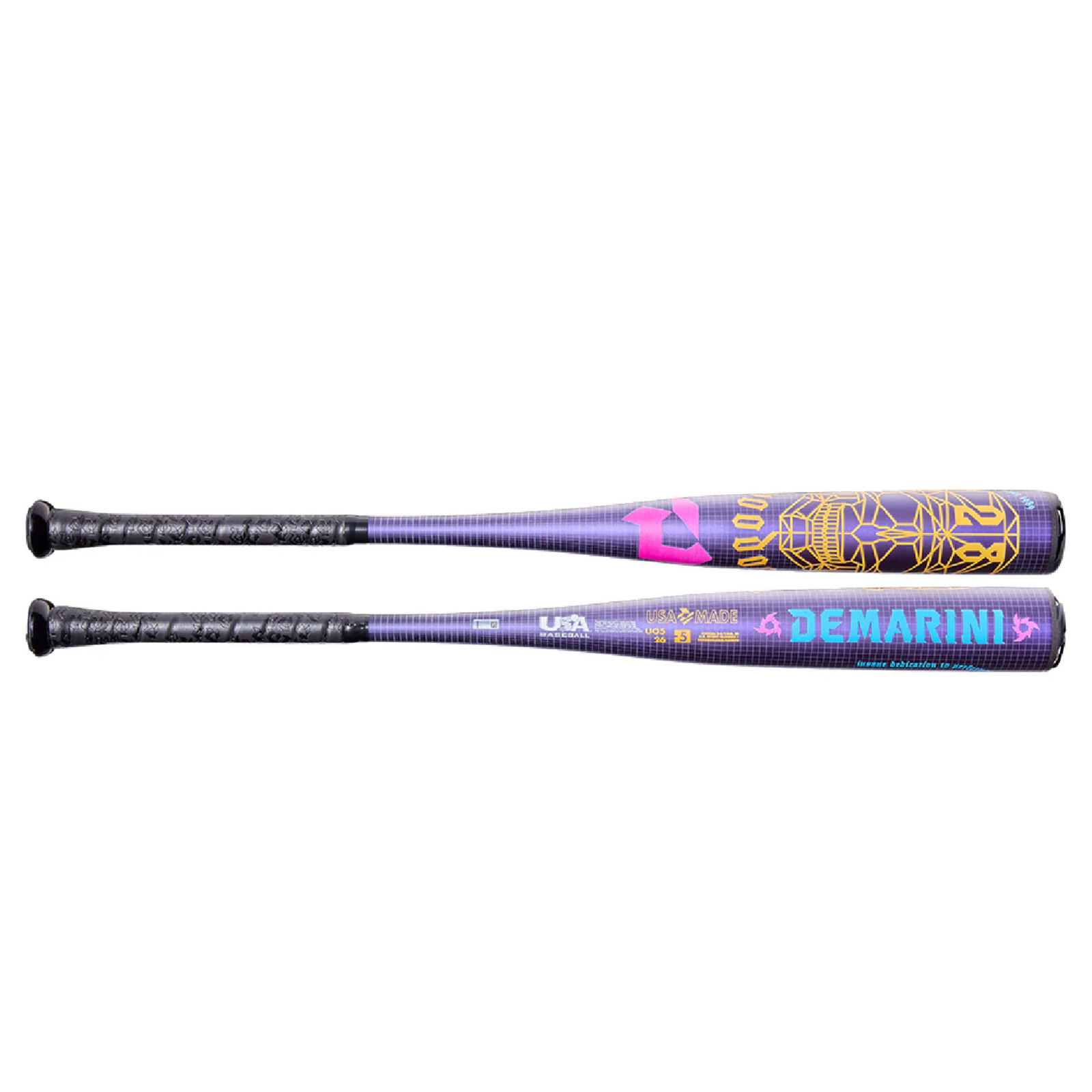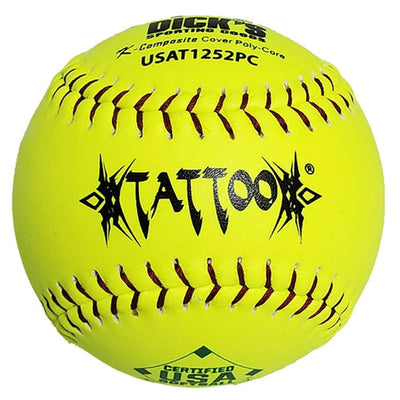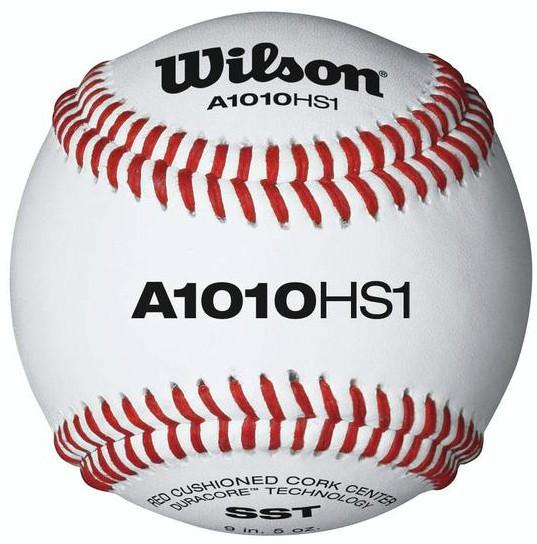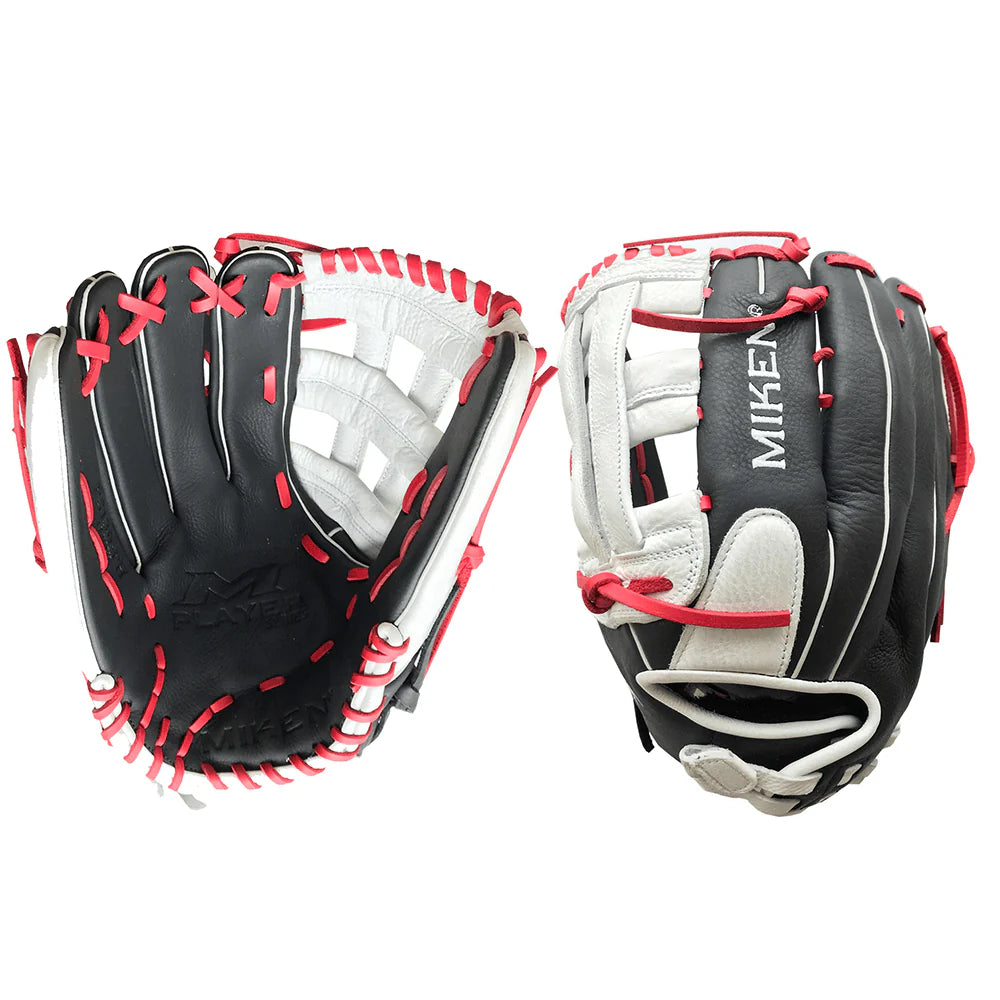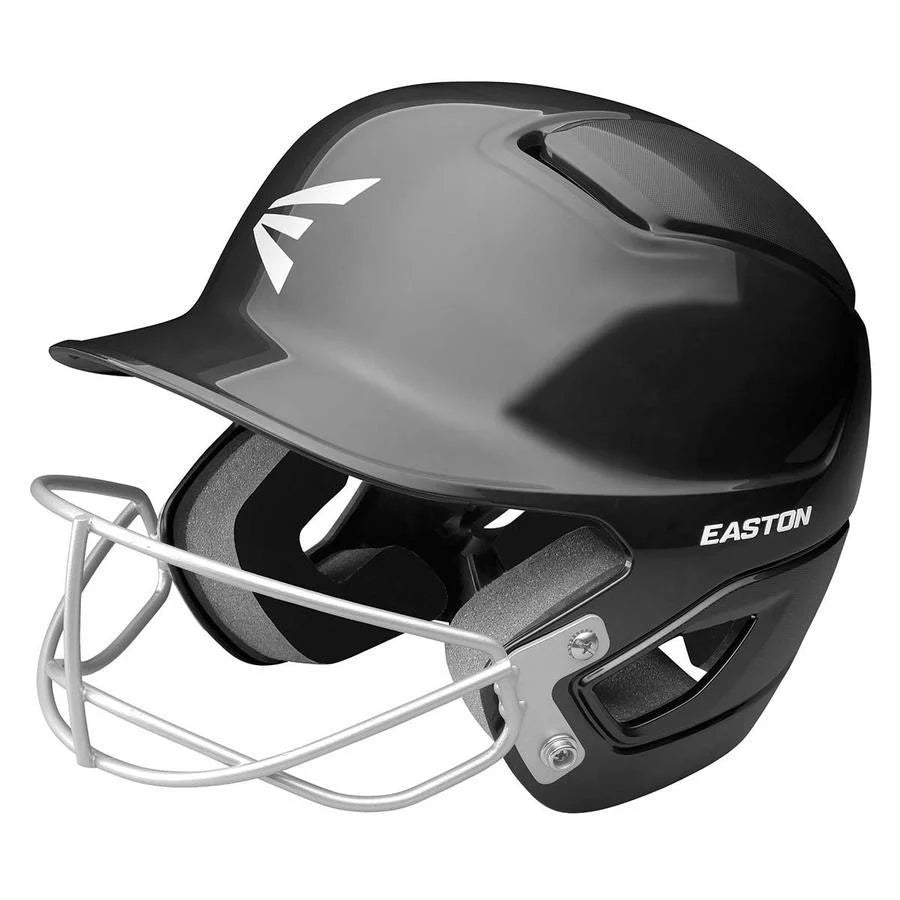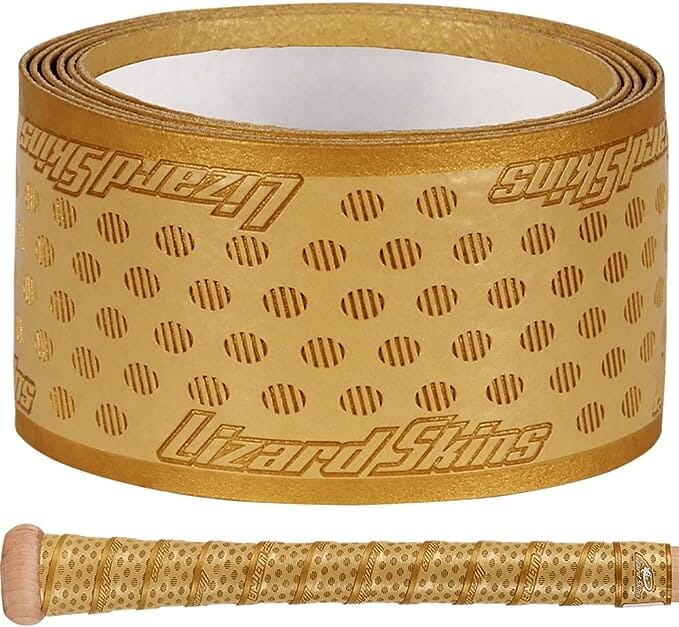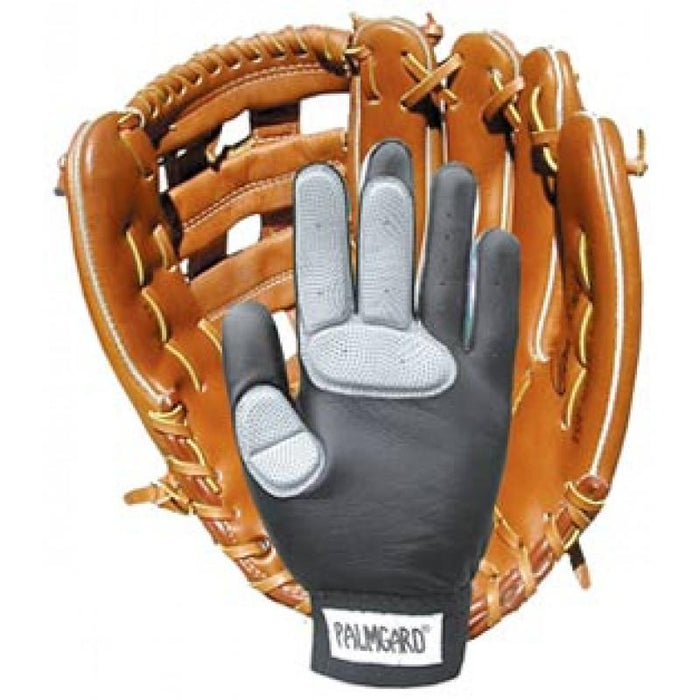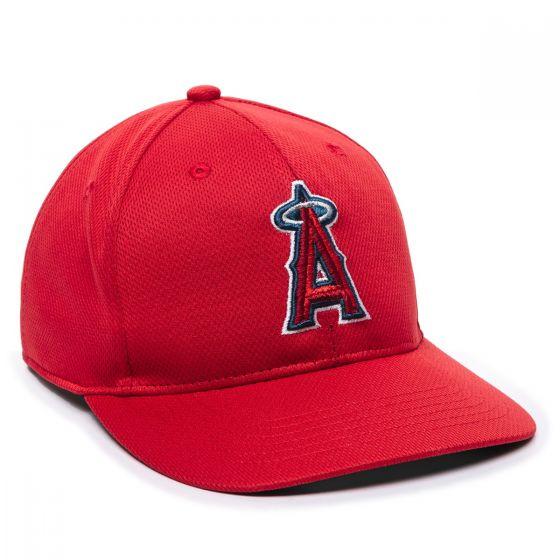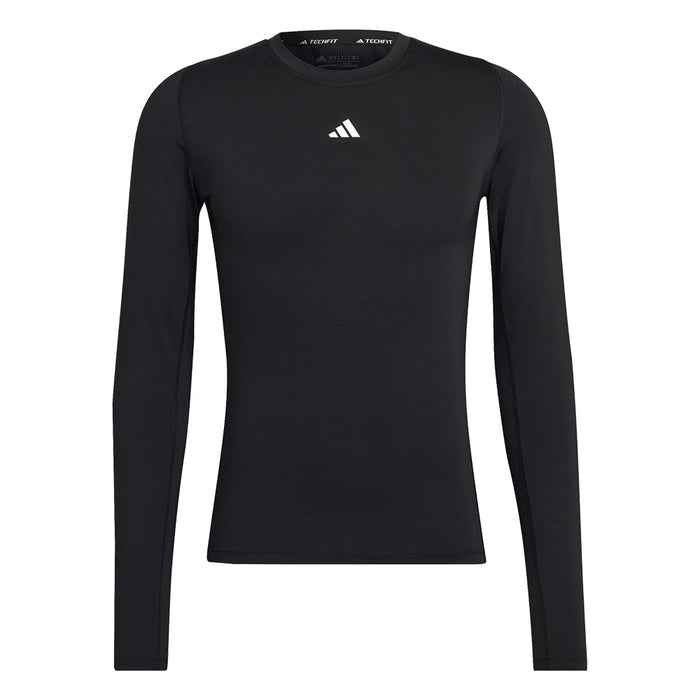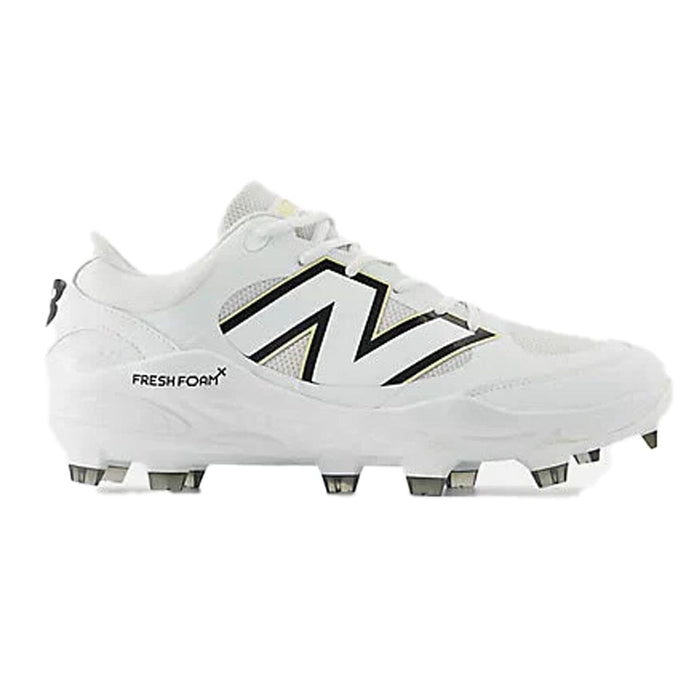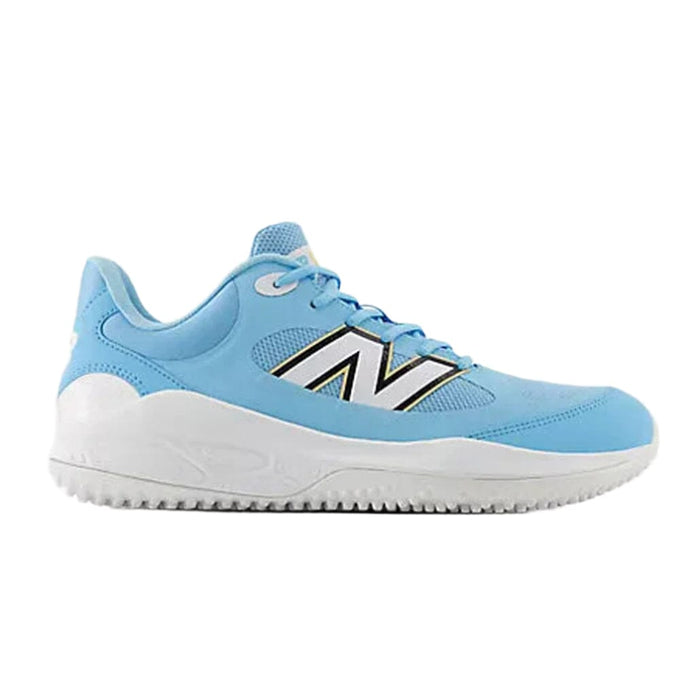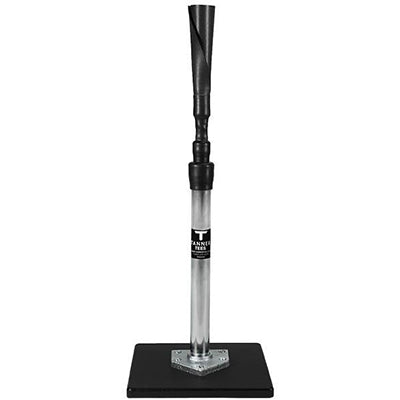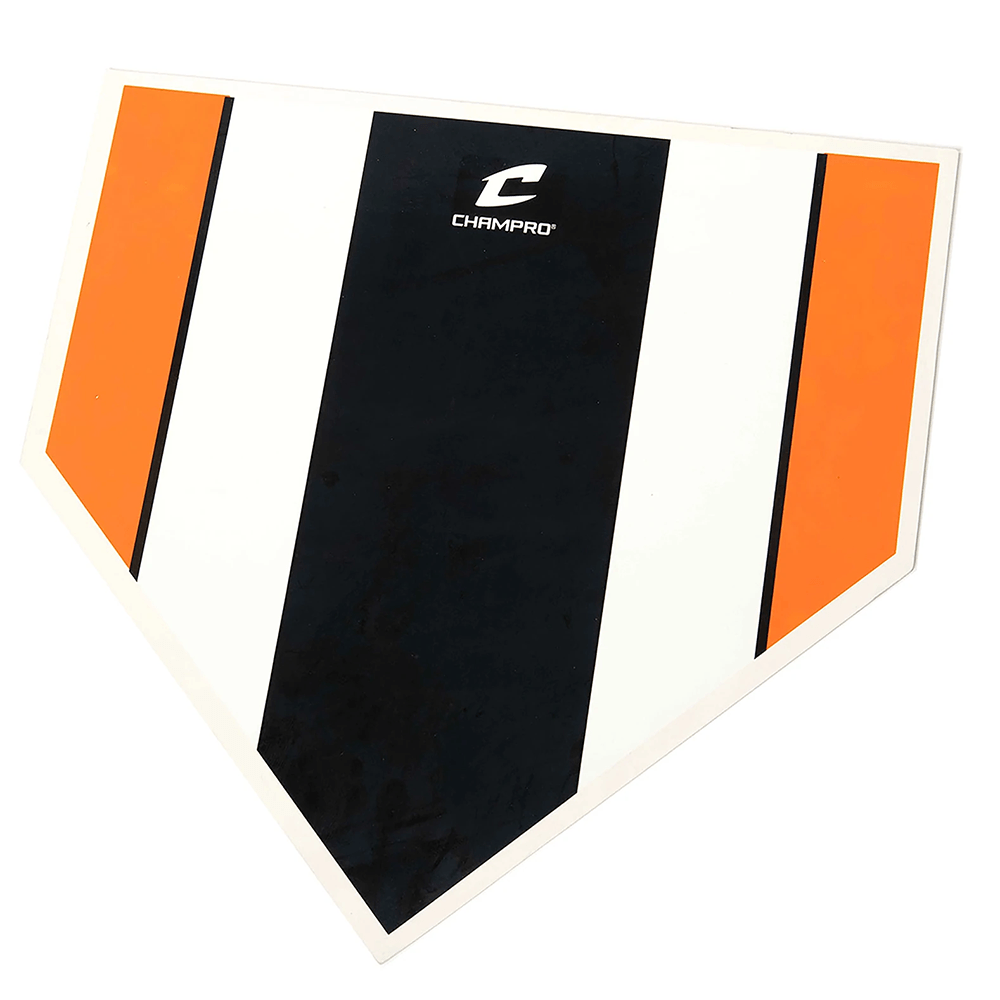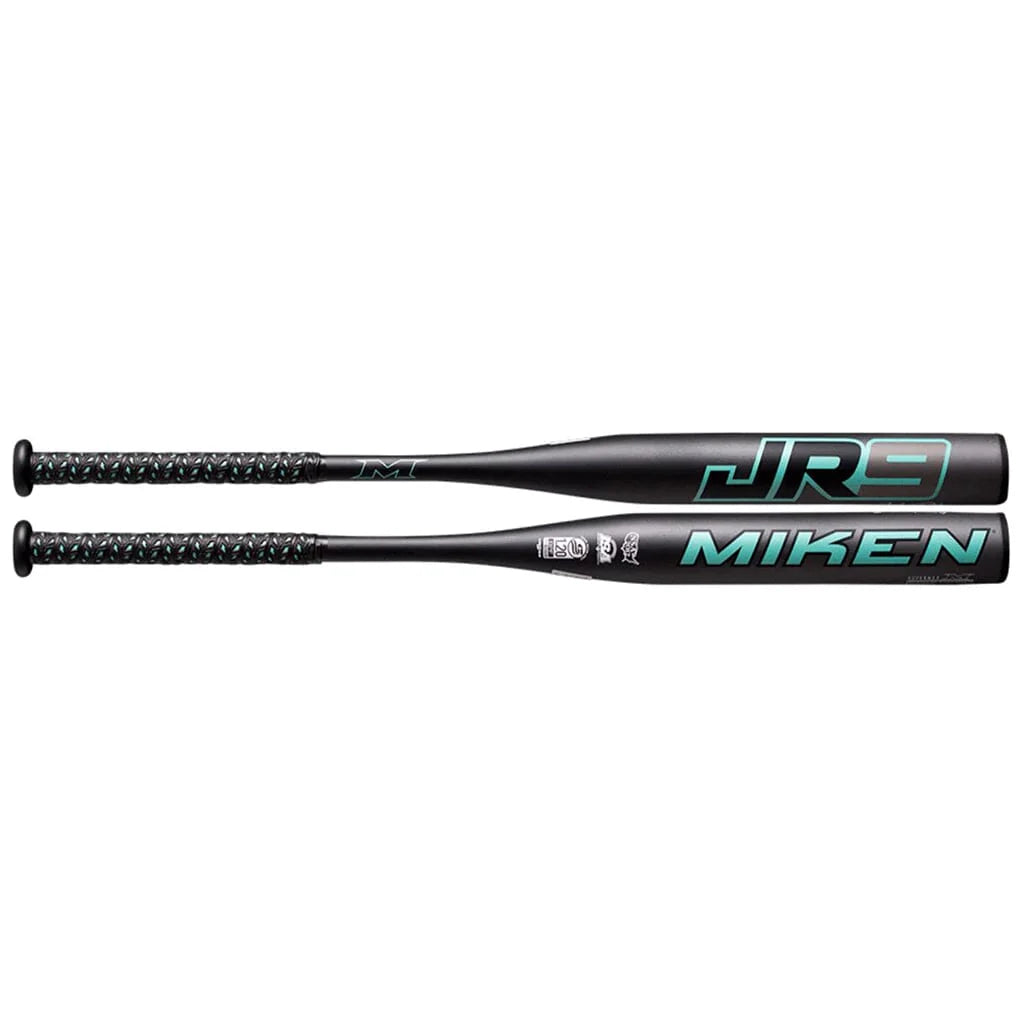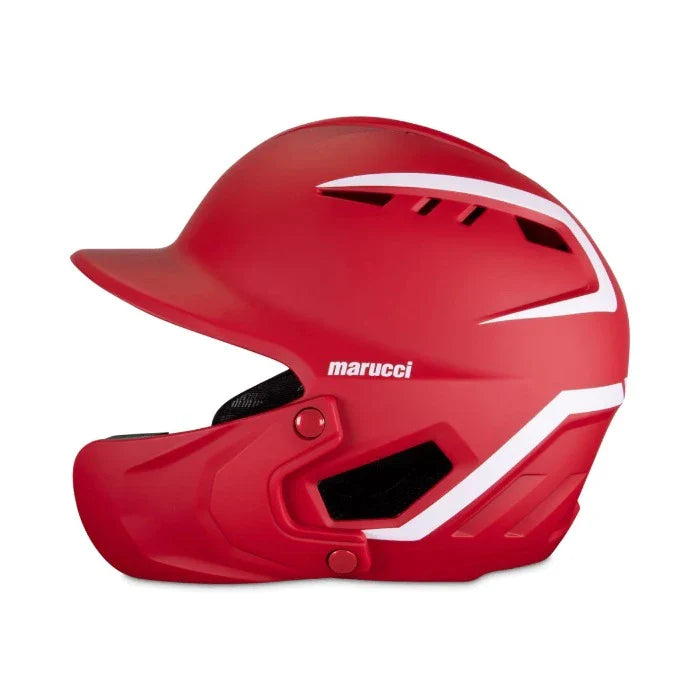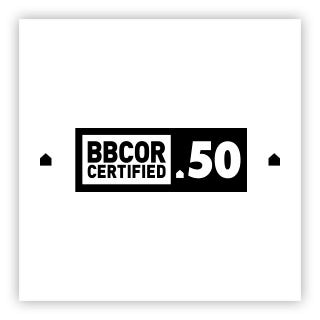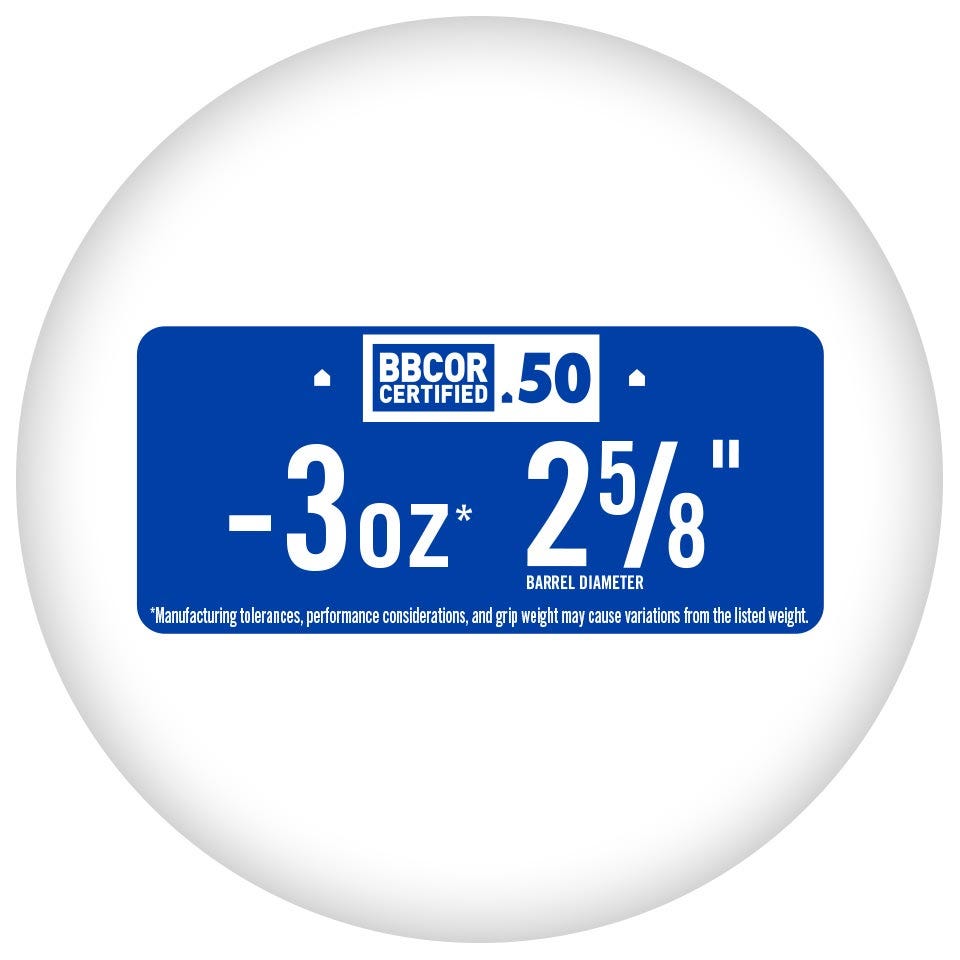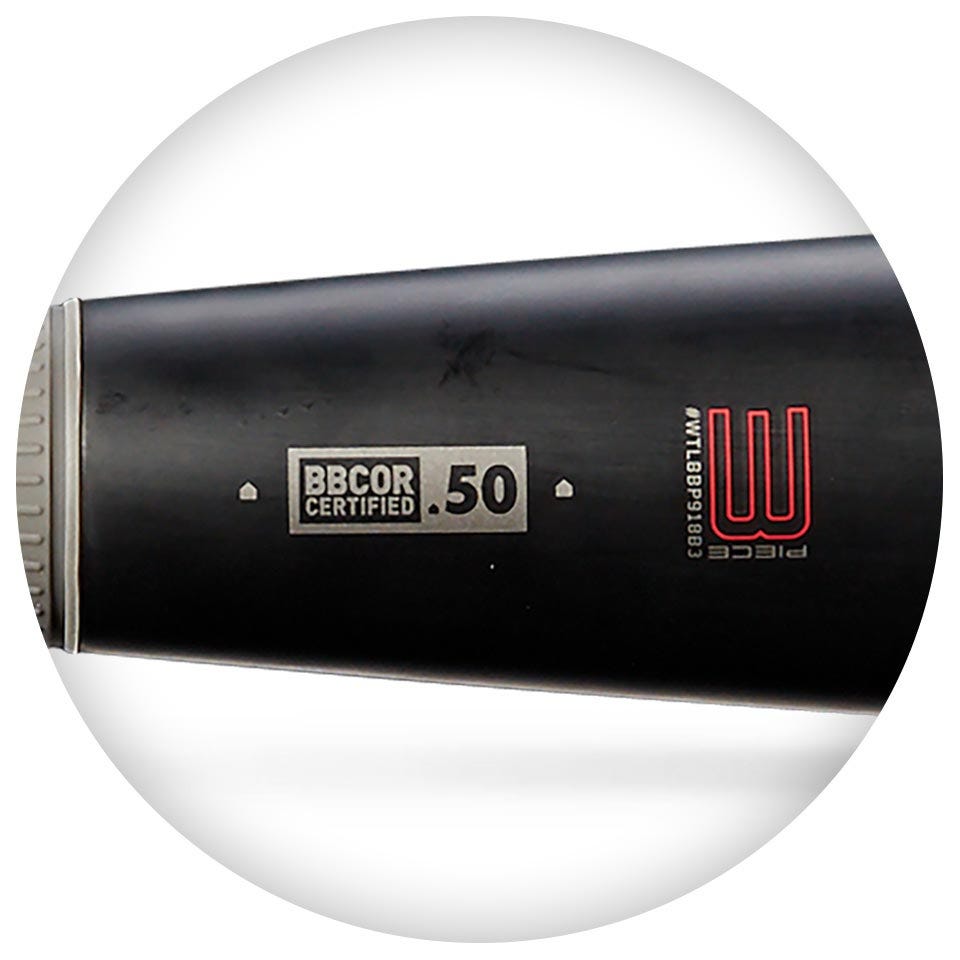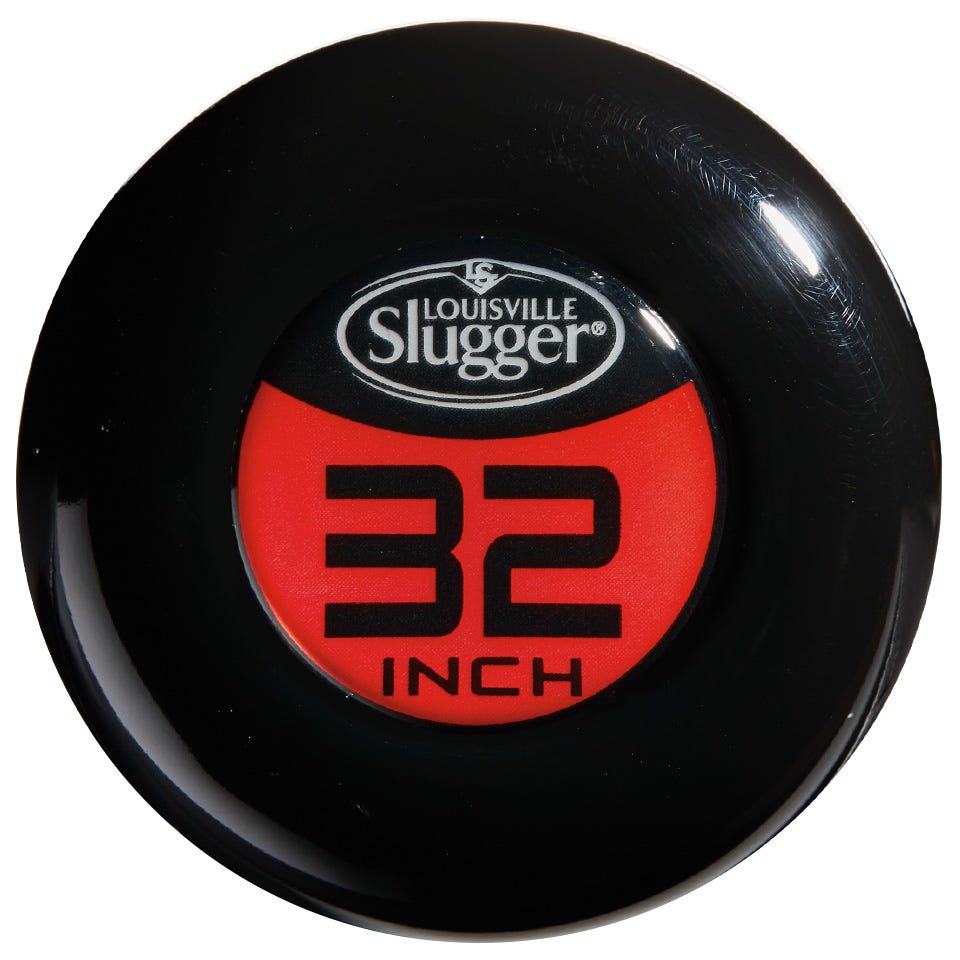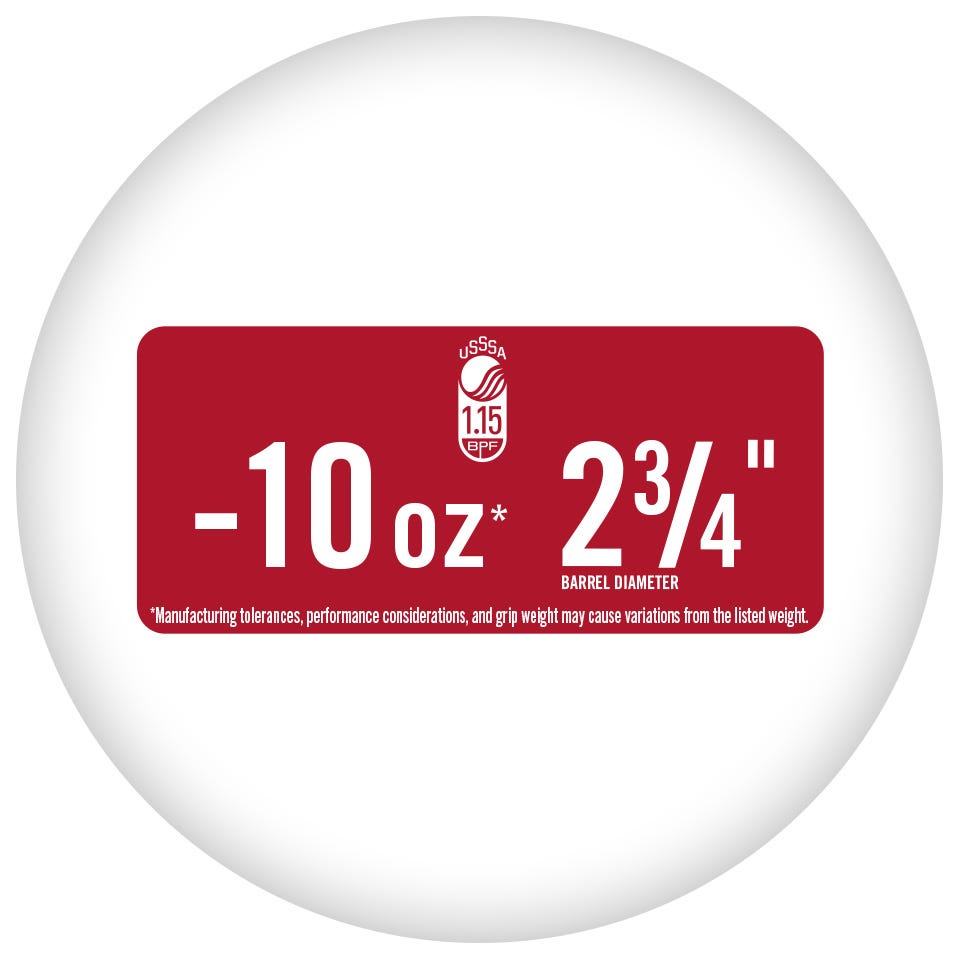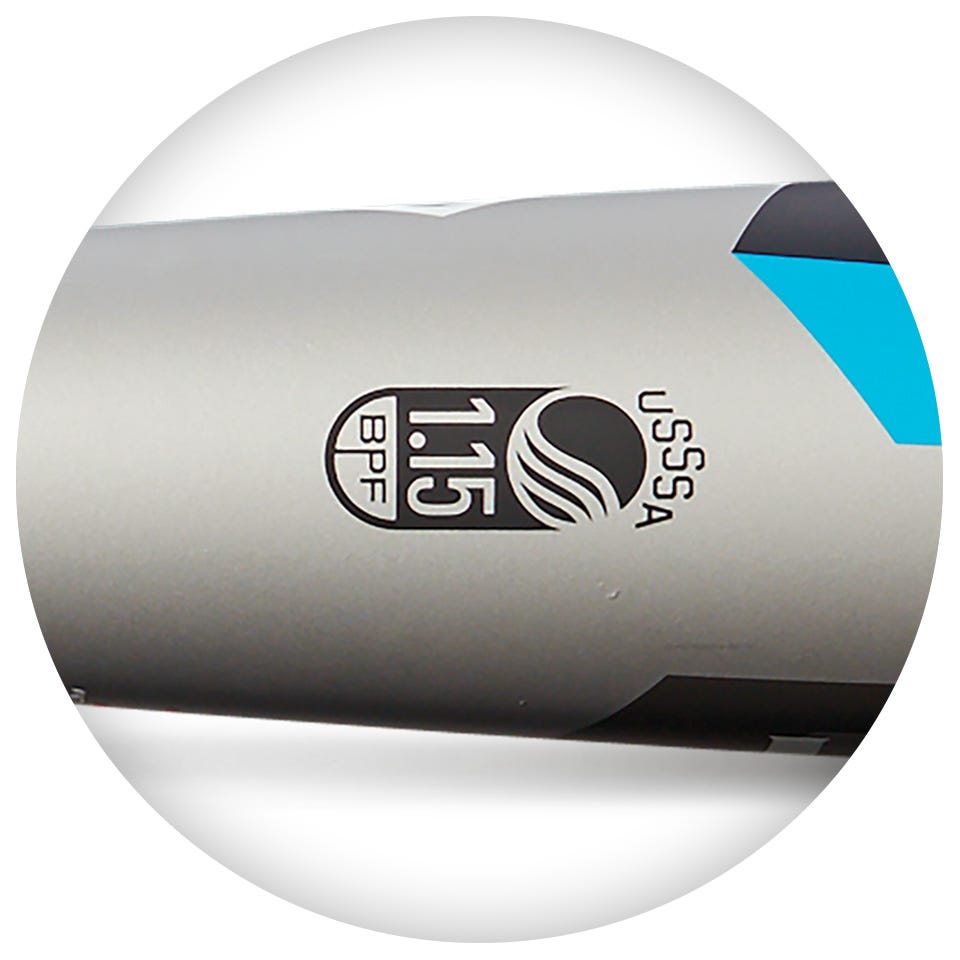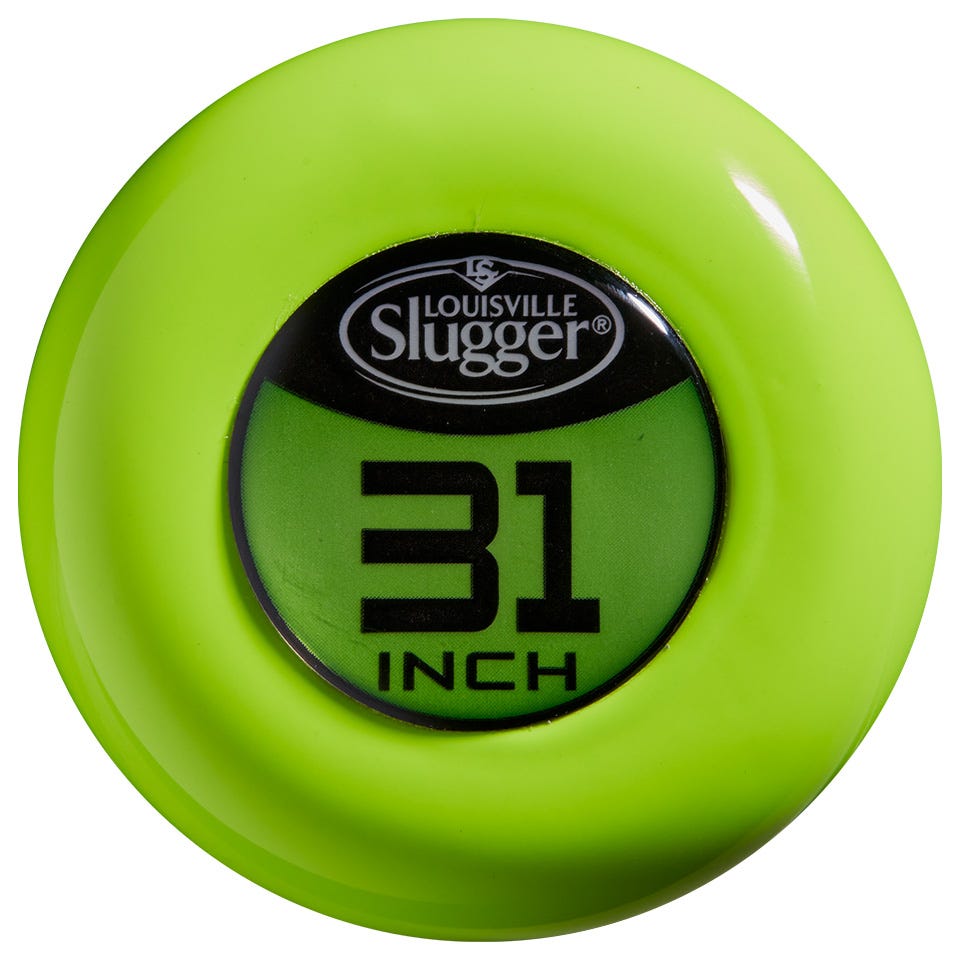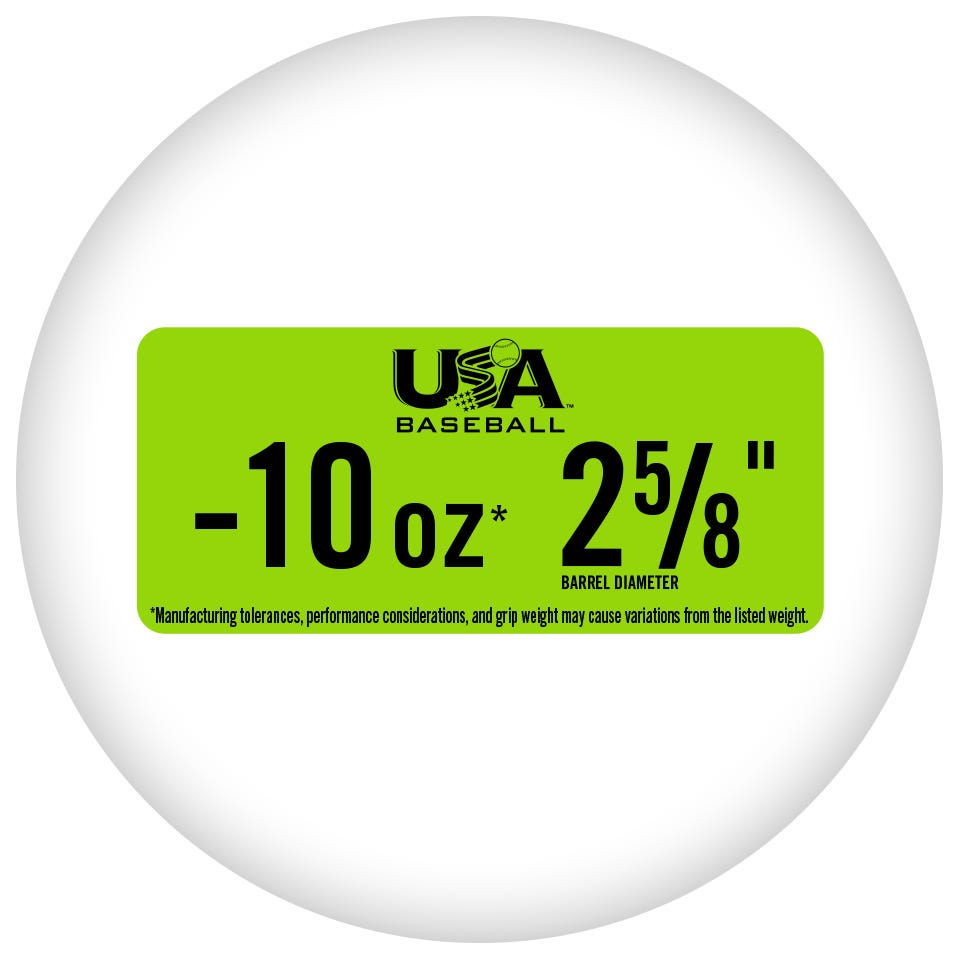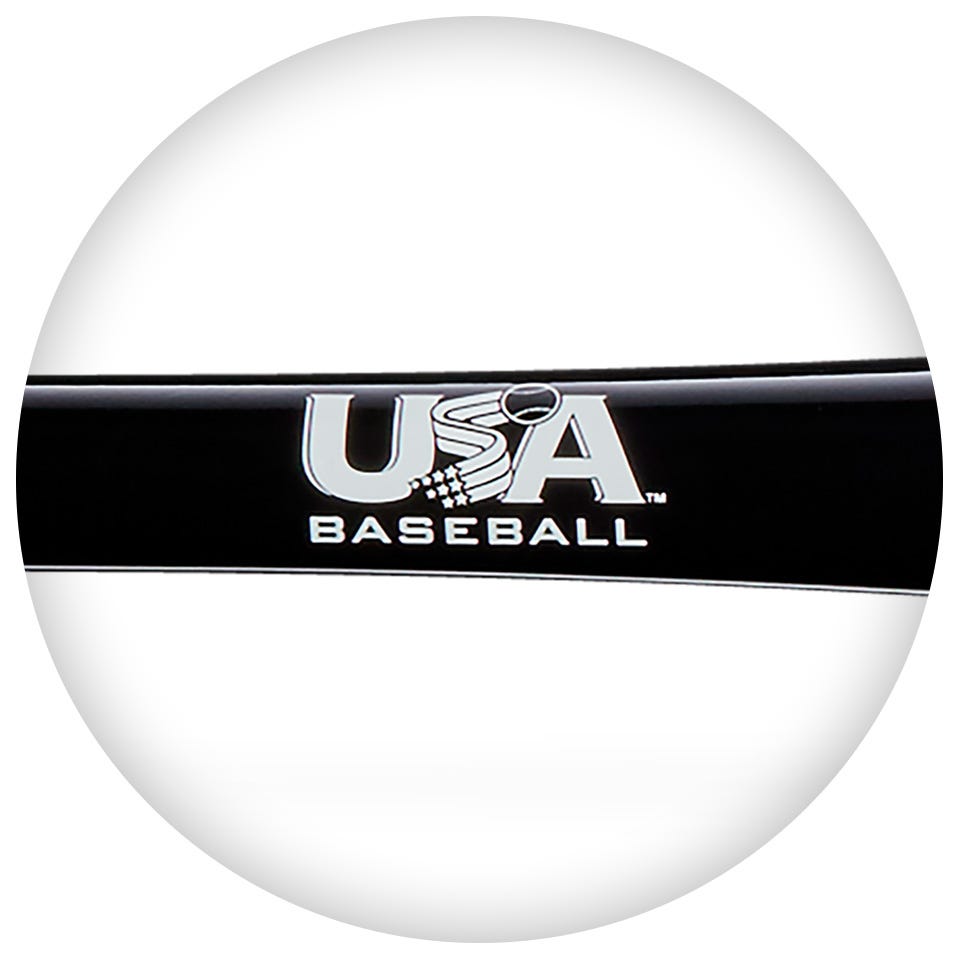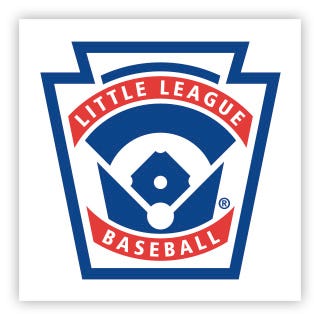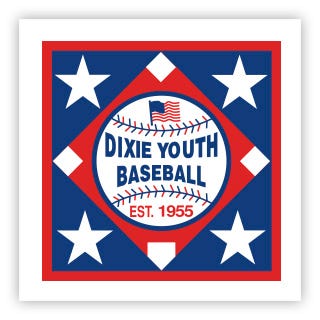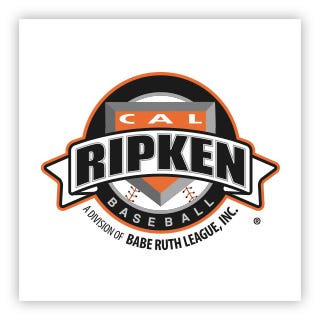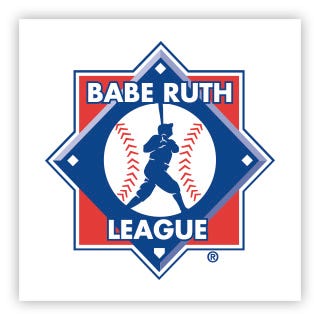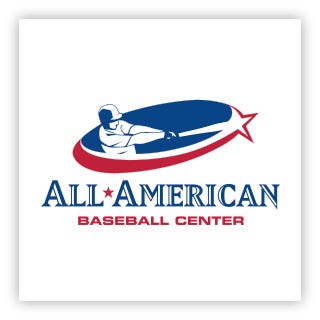Bat weight is measured in ounces (oz.). A bat’s weight is often tied to its “weight drop” -- its length in inches versus its weight in ounces. For instance, a 32-inch, 22-ounce bat would be referred to as a -10 bat.
BAT LENGTH (IN.) – BAT WEIGHT (OZ.) = WEIGHT DROP
As a general rule of thumb, the higher the competition or league level (meaning, from youth league up to the pros) the lesser the weight drop. A lesser weight drop means the bat feels heavier. So a -5 bat will feel heavier than a -10 bat.
Selecting the right bat weight depends on three main factors: sport, league rules, and player preference.
-
Leagues have rules identifying which weight drops are permitted for play. Prior to choosing a bat, we recommend finding out if your league has a specific standard for bat weight drops in order for them to be permitted.
-
Players with less experience generally swing lighter bats in order to have better bat control. More experienced players generally swing a heavier bats to help maximize power. A way to tell if a bat is right for you is your swing speed. A bat that is too heavy is harder to swing, causing a loss in momentum, reduced distance or a miss altogether. If a bat is too light for a player, the player could miss out on the extra force they could generate from a heavier bat. A happy medium needs to be found. It is highly recommended you demo a bat against live pitching speeds in order to find the best weight for you.
Most common weight drops in various baseball leagues are -12, -10, -9, -8, -5, and -3. As you progress toward high school baseball, the weight drop lowers (the bats become heavier). When moving to a heavier bat, you may then decide to drop an inch in length to more easily handle the additional weight. This is a matter of personal preference and comfort at the plate as you advance in age, league and skill level.

